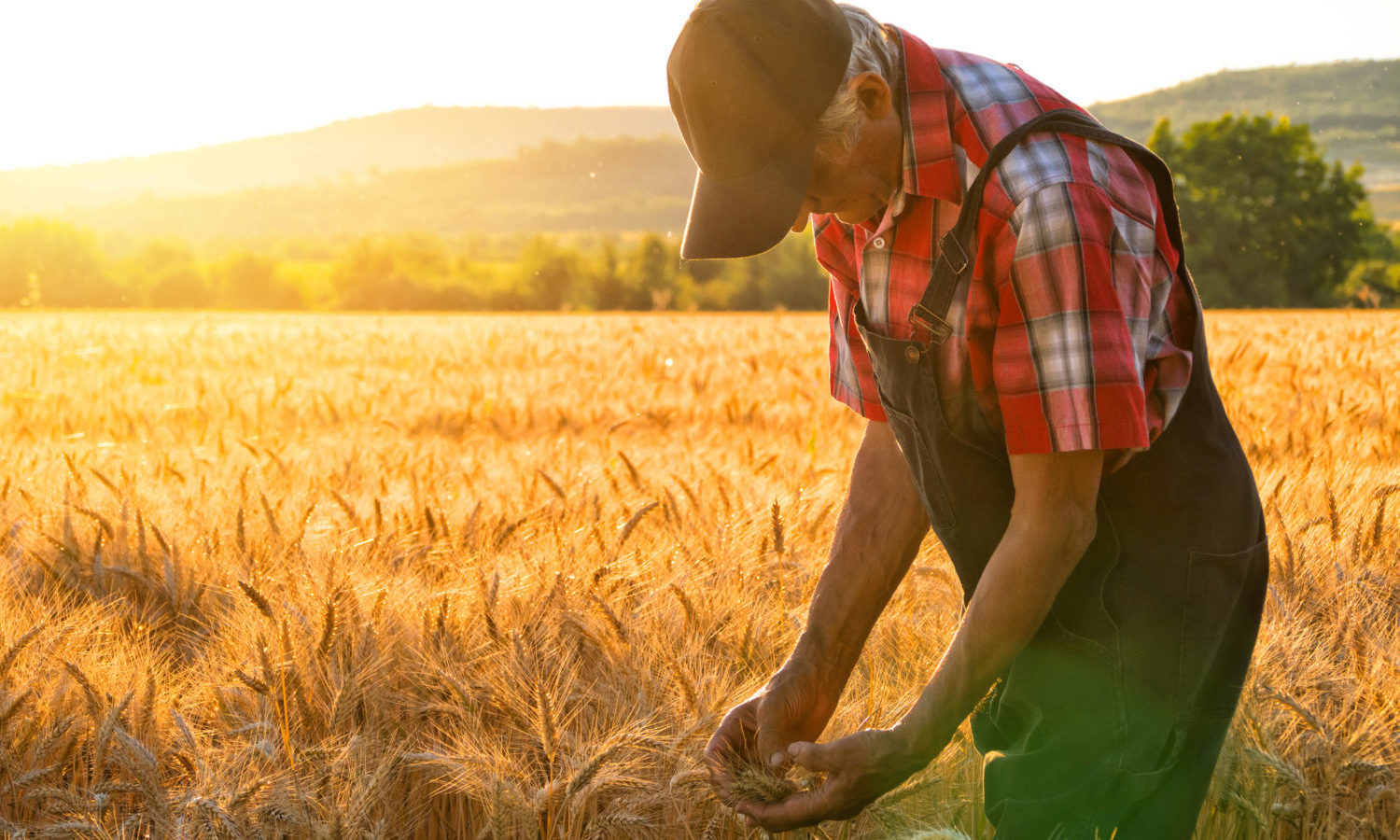In Northwestern Italy, rice farms are incorporating bats to help manage pests and to reduce the usage of pesticides. Laura Garzoli, founder of YES!BAT and 2017 winner of BCFN Young Earth Solutions, tells Food Tank how farms can employ the use of bats, and why they should do so.
YES!BAT uses an Integrated Pest Management strategy (IPM) to eliminate pesticide use by encouraging bats to roost in rice fields. Bats can help since they are the foremost known predators of nocturnal insects, including several pests that can be found in rice fields. “The idea is that what is needed to achieve sustainable food production is what we already have, but has been neglected and threatened for decades: the power of biodiversity to sustain agriculture,” says Garzoli to Food Tank.
“Best IPMs have to take into account the conservation and the restoration of biodiversity, since biodiversity, through ecosystem services, is the key factor to achieve sustainable production. There is no shortcut and no easy way out. It has been estimated that, globally, 50 percent of pest species have become pests because chemicals killed their natural predators. There is no sustainability in the long term if there are no conservation efforts,” says Garzoli to Food Tank.
Since winning BCFN YES! in 2017, Gonzales, along with colleagues from the National Research Council—Institute of Ecosystem Study in Verbania and the Stazione Teriologica Piemontese—have installed 60 artificial bat roosts in three rice fields in Northwest Italy. Now, they are collecting guano to analyze the diets of bats at these sites and to gain insight on the insects living in these areas.
“In Italy, there are 34 bat species, each feeding on a variety of insects—and other arthropods, in relation to their availability in the environment and their needs—each bat species has its preferred insect snack,” says Garzoli. Bats can eat up to one-third of their body weight each night, which means they can consume thousands of insects per night. They are also “formidable flying hunters—they can prey on new and emerging non-native pest species, that at the beginning of infestations are rare” and they “hunt several kilometers from its roost each night,” says Garzoli. This means guano can provide information on pests variety in a large area.
Garzoli is dedicated to generating awareness about the importance of bats in the ecosystem. “Although their usefulness has been acknowledged—not only do they contribute to protecting crops, in several countries, they are important pollinators and seed dispersers. Bad press about bats are still common in the news, in particular concerning the spreading of virus diseases,” says Garzoli to Food Tank. She explains “many bat species are nowadays facing the risk of extinction because of chemicals and light pollution, because of the destruction of their habitats and refuges, diseases, but also because of people’s fear and misinformation”.
Garzoli is also drafting a best practice guide for farmers outlining targeted habitat management techniques for sustainable production. “Bats save farmers billions of dollars in crop losses every year. But not only bats: birds, amphibians, and reptiles have a huge potential in pests control. We need to rethink the global production system, to enhance conservation strategies and therefore make the ecological services even more effective” says Garzoli to Food Tank.







